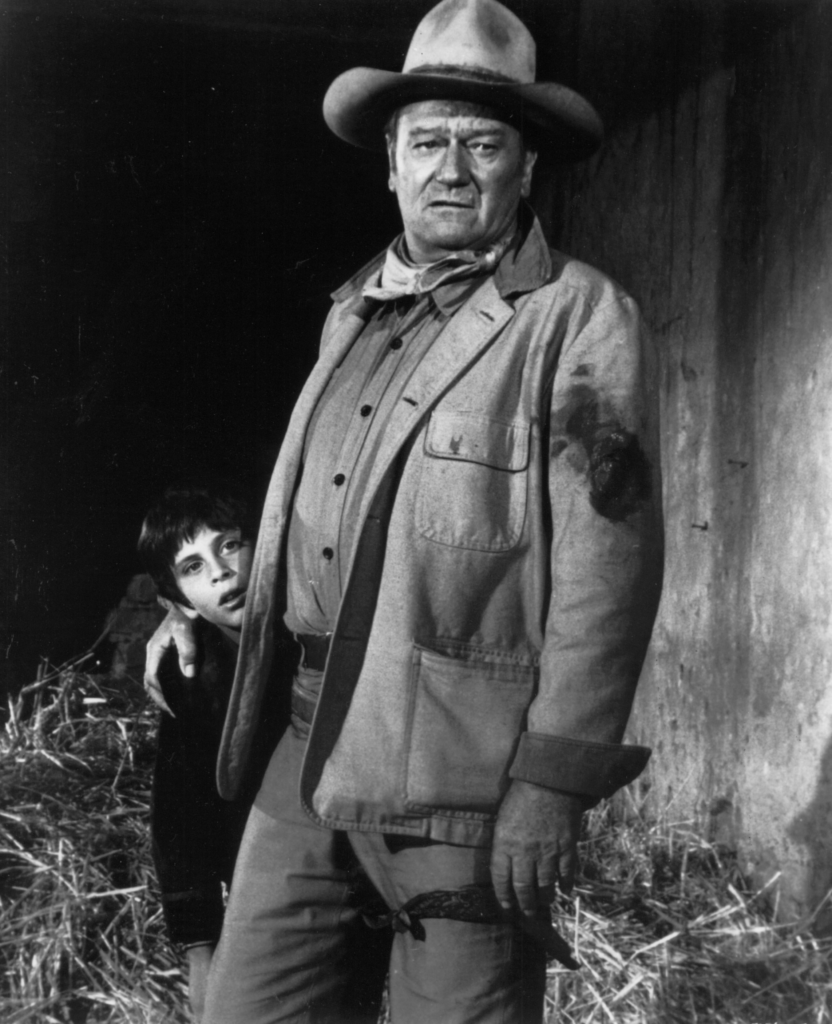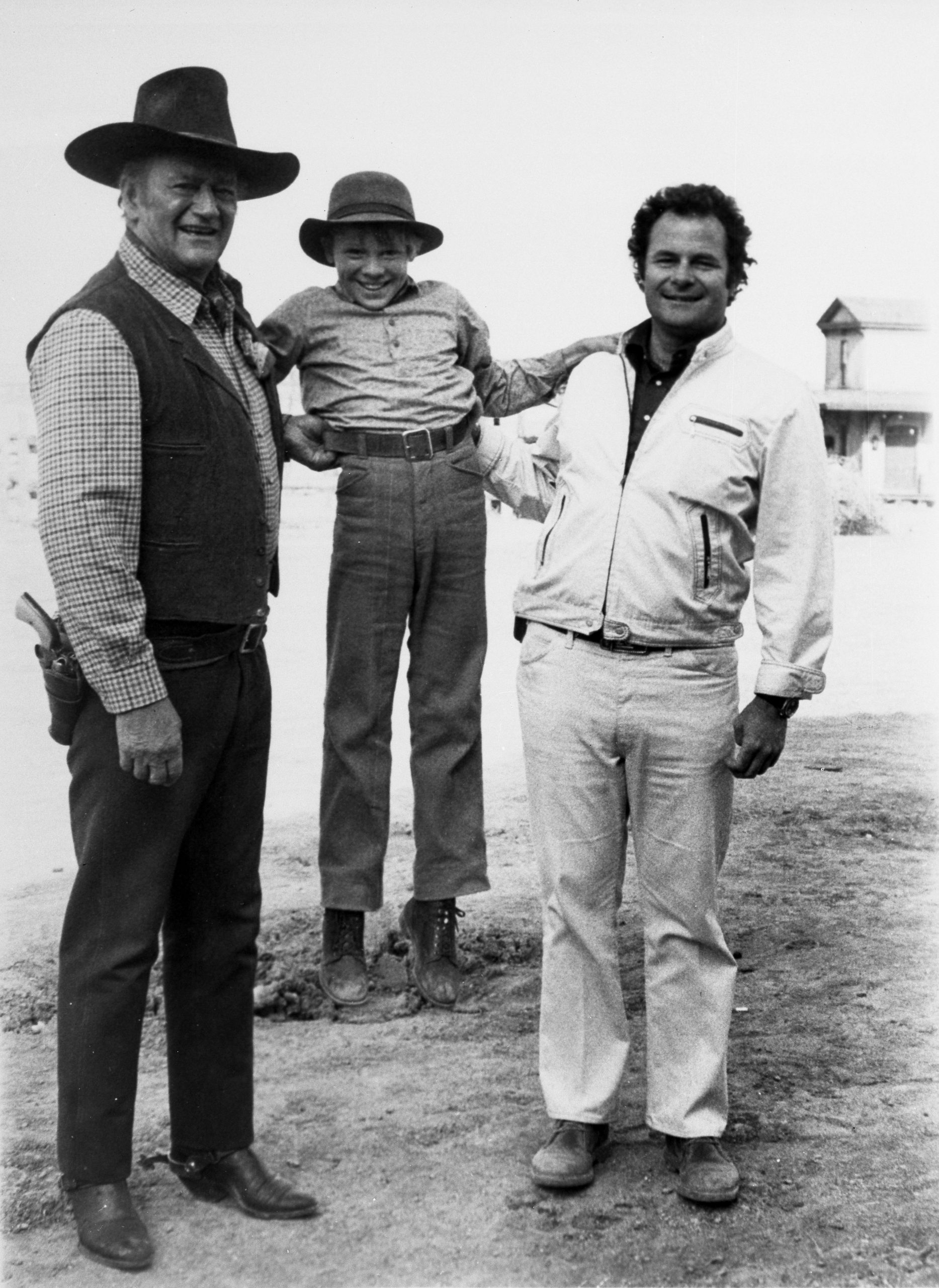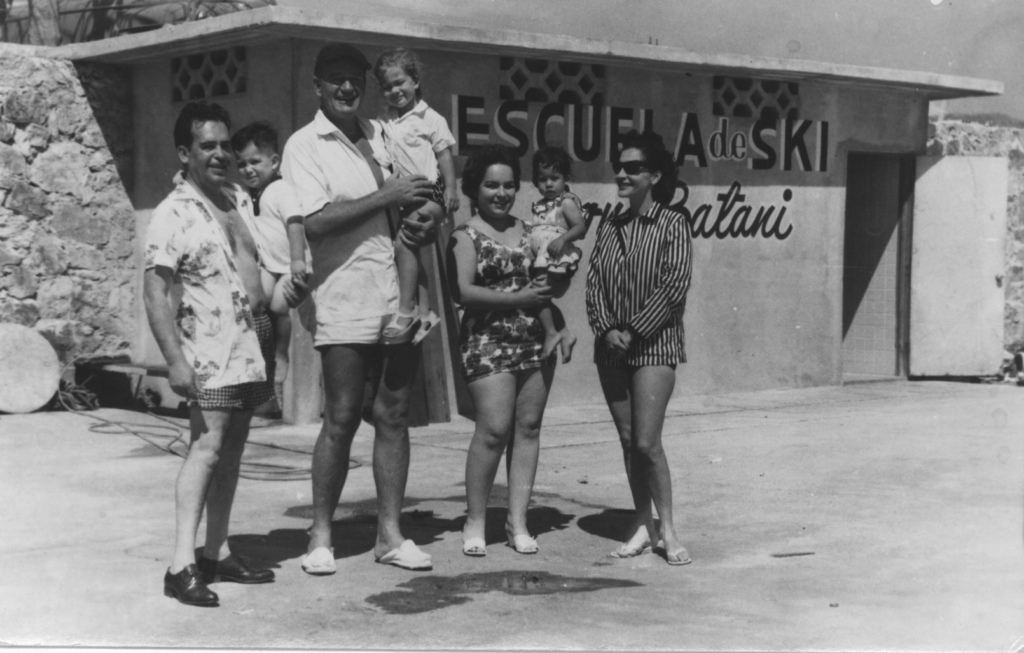
Mosey down the memory lane of motion pictures with the first installment of On Location with John Wayne.
Written by Jenn Thornton
Not only did John Wayne enjoy visiting Mexico, which he often did (at one point purchasing an Acapulco hotel with some of his Hollywood pals), he saddled up south of the border to make a number of movies in the state of Durango. With a landscape akin to that of the rough-and-tumble Old West, Durango was a favorite destination for Hollywood filmmakers who in Duke’s day flocked there with the fire and enthusiasm of outlaws on the lam.
Before Duke, Durango was already famous as the home state of bandit turned Mexican revolutionary hero Pancho Villa. But it’s the frontier-like feel of its landscape that initially positioned Durango as a hotbed of Hollywood film (a fact that the colonial capital city of Durango, with its series of movie star statues drawing comparisons to the Hollywood Walk of Fame, does nothing to dispute). Billed the “land of film,” Durango first welcomed the movie industry in the 1950s and went on to host over 140 domestic and foreign films, from B movies to big-time Hollywood productions—prior to Duke landing in Durango, the likes of Ben-Hur (1959) and The Magnificent Seven (1960) were shot here. But it was particularly good ground for Hollywood’s biggest draw, and Wayne helped define Durango via the movies he filmed in its territory: The Sons of Katie Elder (1965), The War Wagon (1967), Chisum (1970), Big Jake (1971), Cahill U.S. Marshall (1973) and The Train Robbers (1973).


Duke left some big boots to fill in Durango—his memory looms large in the state. Not only as an acting legend who roamed its mountainous lands, but as someone whose investments in the state included ownership of La Joya ranch, complete with its own film set. But it’s hardly alone. Durango is home to many open western film sets, none more popular than Paseo del Viejo Oeste. A thrill for film and Old West enthusiasts alike, this rousing tourist attraction—the setting for over 100 films, including The Mask of Zorro (1998) and the Texas Rising (2015) series—puts on a damn good show for those who can’t get enough of mock film productions, faux duels, and skirt-twirling can-can girls. Hitch yourself to a wagon ride or cowboy-up to the nearest horse and you’re in for a real ride. One of the most compelling sites in all of Durango speaks to its rich past—the Francisco Villa Museum is housed in Pancho Villa’s former estate and offers a look at not only the Mexican revolutionary but the Mexican Revolution itself.
Before Duke started making movies in Durango, he was a frequent guest of one of mid-century Hollywood’s favorite playgrounds, Acapulco, where the actor and a few of his cinematic allies purchased the Hotel Los Flamingos, a property they later unloaded but apparently loved. Wayne’s “secret hideaway,” as reported according to the SFGATE, is a secret no more. Though rough around the edges by today’s hospitality benchmarks, the property is still there and, if reports are to be believed, is owned by the very busboy that Wayne himself hired.
Duke’s gone but Durango is forever his domain. Even now, decades after he swaggered through its landscapes and lapped up its beach towns, Durango is, like the man himself, still box office.



